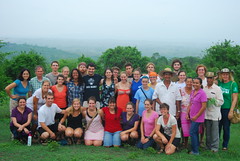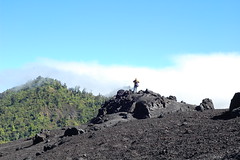 I visited Medellin, Colombia for our week of service learning during the semester. On … Continue Reading ››
I visited Medellin, Colombia for our week of service learning during the semester. On … Continue Reading ››
Service Learning in Colombia
 I visited Medellin, Colombia for our week of service learning during the semester. On … Continue Reading ››
I visited Medellin, Colombia for our week of service learning during the semester. On … Continue Reading ››
 I visited Medellin, Colombia for our week of service learning during the semester. On … Continue Reading ››
I visited Medellin, Colombia for our week of service learning during the semester. On … Continue Reading ››
 It's crazy to think that even among all the challenges this trip has brought into our lives- challenges of former beliefs, relationships, hopes, needs, and faith- that one could feel … Continue Reading ››
It's crazy to think that even among all the challenges this trip has brought into our lives- challenges of former beliefs, relationships, hopes, needs, and faith- that one could feel … Continue Reading ››
 The culture shock described in our readings this week was presented in a very real way, but I can’t identify with it. I feel … Continue Reading ››
The culture shock described in our readings this week was presented in a very real way, but I can’t identify with it. I feel … Continue Reading ››